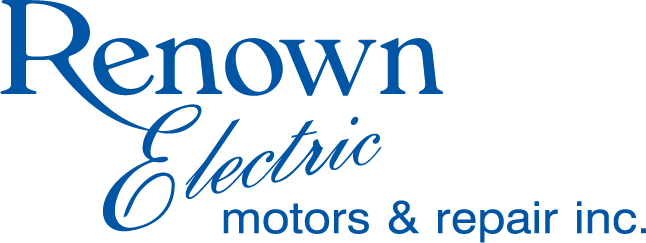What Is Rotor Balancing? A Quick Guide
Rotors are essential components in electric motor operation. Keeping them properly balanced by addressing any issues in electromechanical systems helps ensure motor longevity and optimal performance. Learn more about why rotor balancing is important, how electrical and mechanical conditions play into a rotor’s alignment, and how preventative and predictive rotor maintenance can help you protect […]


